What to Look for in an Equestrian Property
If you are considering purchasing an equestrian property, there are a number of factors that you should consider before making any purchase. Doing so will not only ensure the safety of your animals, it will also help you to have the most enjoyable and cost effective daily life as well. You and your horses both deserve your dream home, so keep reading to learn about the essentials to look out for in your first (or next) equestrian property. And remember, if you are considering an equestrian property, a residential home inspection should be part of the package.
Factor #1: Location really is everything.
Chances are if you’re considering an equine property, you’re OK with living a little further out in the ‘country’ than many. However, this doesn’t mean you need to be completely isolated from the community and modern necessities like grocery stores, schools, or even the vet. Luckily, if you’re searching in Northern Virginia, you’re likely to find many stunning properties that are within a short drive to local towns; and major highways. Don’t forget to consider your commute in non-COVID times. It can be tempting when you’re deep in WFH to agree to an hour long commute after things go back, but is this really feasible over the long term?
You should also keep in mind your preferred proximity to neighbors and exactly how much space you need. Bigger properties that come with larger plots of acreage are obviously going to come with a premium price tag, but it may be a worthwhile investment for some.
Factor #2: What’s already there?
Are you prepared to build your own equestrian property? While this is a serious undertaking, it can give you the farm of your dreams. On the other hand, a finished property has the benefit of already ‘working’ — instead of running the risk of something seeming like a good idea on paper, but becoming very difficult in practice. The other benefit of a farm that is already built is that you do have a higher degree of cost control from the start. As we all know with anything involving construction, the final price is likely to be higher - not lower - than the original estimate. When you buy a property that is ready to go (just get an inspection first), there’s no delay and no question about what you’re getting into.
However, there is certainly something to be said for building your own property from the ground up. Especially if you know clearly what you’re looking for and have the budget in place to achieve it.
Factor #3: Places to ride
Of course, your discipline will greatly impact your needs when it comes to riding spaces. Do you want trails? Or an arena? Or will you be OK with riding in a pasture? Adding a ring in later is time consuming and expensive, but certainly not impossible. For those who do plan to add an arena, it’s important to consider a property with sufficient drainage that will serve as the base for the ring. If you are planning on riding out in your fields, be sure to check how the area looks after a rain - and what that will mean for the long term enjoyment of your property. If there are trails close by, make sure you can bring your horses on them - practically and in terms of any regulations.
Also think about how the weather is going to impact the rideability of a certain piece of land. Just because it’s great in the fall, doesn’t mean it won’t be a mess in the spring.
Factor #4: Pastures and land - suitability and availability
You not only need to have enough land for the number of horses you have (about 2 acres of grazing land per horse is a good place to start), but you need to also be able to properly maintain your land. Horses are really hard on land, so this means being able to rotate and rest paddocks as needed to give them a chance to recover. You also should consider the drainage and slope of a land. You don’t want your horses to be standing in a swamp if it rains or constantly having to support themselves on the side of a hill.
Factor #5: Shade and shelter
Even if you don’t plan to keep your horses turned out 24/7, you do need to have a natural or manmade source of shelter in your pastures. This is particularly important if you live somewhere that has extreme summers or winters. A run-in shed is a relatively affordable addition to a property, so you can always plan to add it after purchasing the property if need be.
Factor #6: Fencing
Fences, fences, fences. Now they don’t need to be the gorgeous 4-board fences that you see dotting pristine properties in movies, but they do need to be safe and secure. And they should NOT be barbed wire as this can do serious damage to your horses’ skin. You want a fence that is secure, tall enough to keep anyone from leaving, and in a state of good repair. Some common options for safe horse fencing include wood board, PVC board, pipe steel, and high tensile wire, to name a few.
Look out for fences that have been obviously neglected and be sure to examine your entire fence line for broken boards or nails jutting out, as these are not only dangerous, but also a sign that the fence is in a state of disrepair.
Factor #7: Parking and storage
Why do horses require so much ‘stuff’? From trailers to hay storage, an equine property is never just the farm and the fields. Make sure that any prospective property has sufficient parking space for your tractor, manure spreader, or truck. And that you’ve got enough covered storage for your hay so that it stays clean and dry. Some barns include a hay loft, which is great for convenience - but also runs the risk of being a fire hazard if not maintained properly.
If you’ve found the perfect horse property in Northern Virginia, you’ll want to get an inspection first. This can help you to have a safe and enjoyable experience on your new farm from day one. Got questions or want to schedule your inspection? Contact us today (we also provide or can schedule radon testing and similar services). Curious what it could cost? Find out how much a home inspection in Northern Virginia costs.



